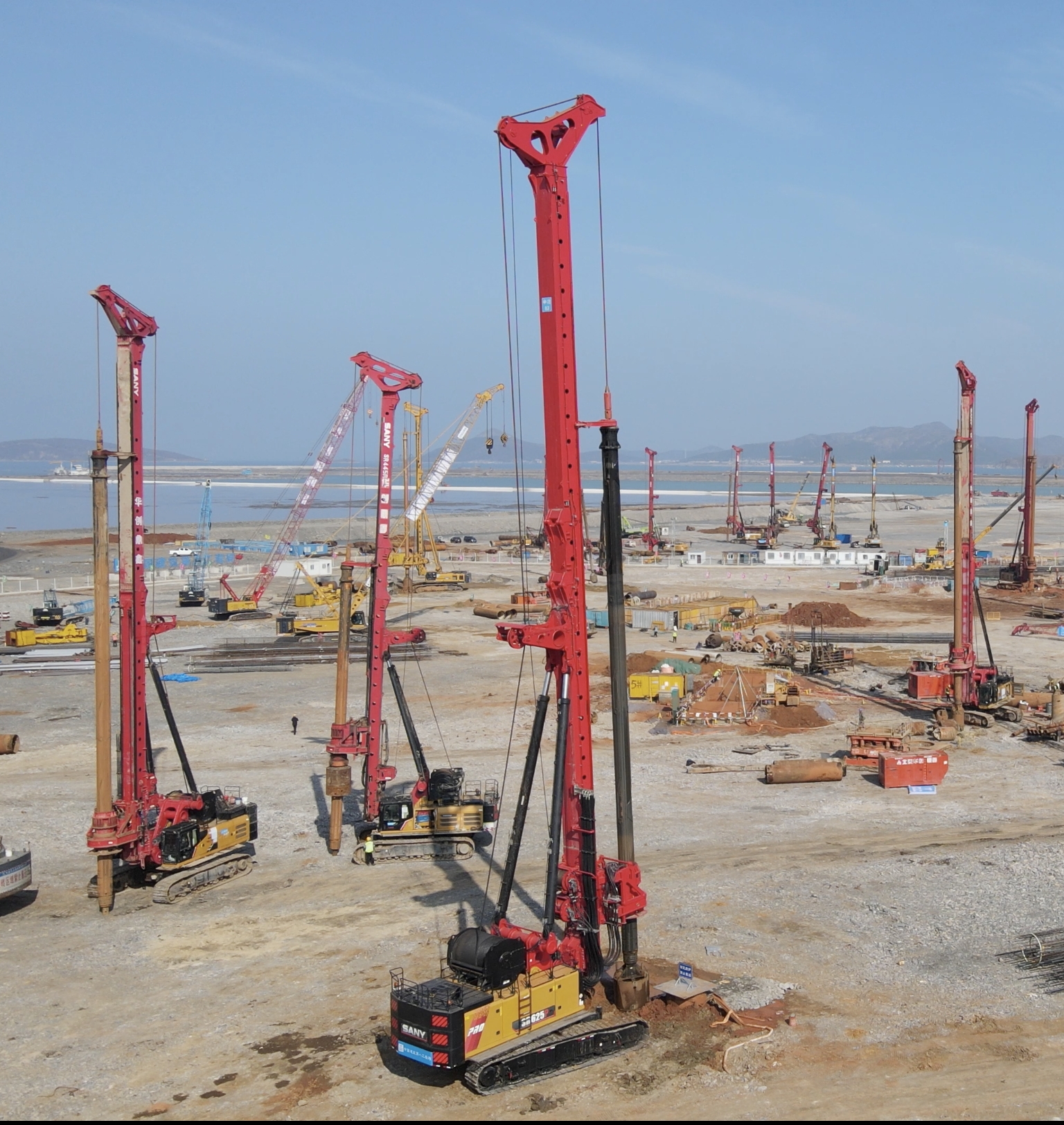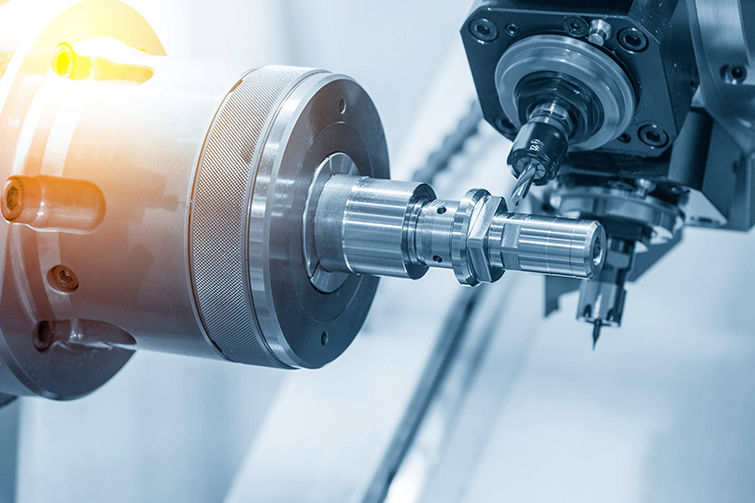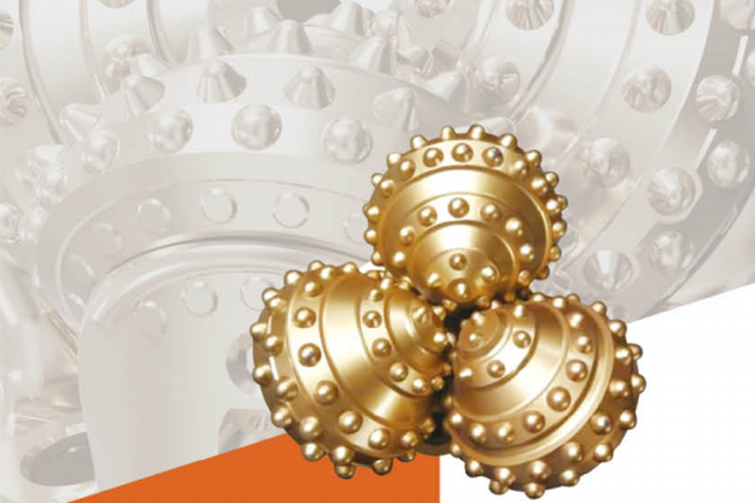

The Ultimate Guide to Durability: Understanding High-Wear-Resistant Materials

What Makes a Material Durable?
Durability refers to a material's ability to withstand wear, pressure, or damage over time. High-wear-resistant materials are specifically designed to resist abrasion, erosion, and other forms of wear, making them ideal for high-traffic or high-stress applications.
The Science Behind High-Wear-Resistant Materials
The resistance of a material to wear is determined by its hardness, toughness, and the presence of any protective coatings. Materials like tungsten carbide and certain ceramics are renowned for their exceptional wear resistance, often used in industrial and engineering applications where durability is paramount.
Choosing the Right Material for Your Needs
Selecting a durable material depends on the specific application. Factors such as environmental conditions, expected wear patterns, and budget constraints play a crucial role in the decision-making process. For instance, polyurethane is a versatile material that offers a balance between durability and flexibility, suitable for a wide range of applications.
Maintenance Tips for Enhancing Durability
Proper maintenance can significantly extend the life of durable materials. Regular cleaning, timely repairs, and the application of protective coatings can help maintain the material's integrity and maximize its wear resistance.
Common Questions
What is the most durable material available?While no single material is universally the most durable, tungsten carbide and diamond are among the hardest and most wear-resistant materials known, making them suitable for extreme conditions.
How can I improve the durability of existing materials?Applying protective coatings, such as ceramic or polymer-based finishes, can enhance a material's resistance to wear and extend its lifespan.
Are high-wear-resistant materials expensive?The cost varies depending on the material and its application. While some high-performance materials can be costly, their longevity and reduced need for replacement often justify the investment.








